Welcome to the fifth episode of the CROSSED CHANNELS podcast, in which Dan Epstein (the Yank) and
(the Brit) clash and connect over music from either side of the pondHaving tackled the rise and premature demise of Otis Redding in our last episode, we now return to England — Manchester, to be specific — to discuss the band Oasis and the 1995 album that catapulted them to international stardom, (What’s the Story) Morning Glory?
Originally a quartet formed in 1991 as the Rain, Oasis – which became a five-piece once singer Liam Gallagher's older brother, the songwriter Noel Gallagher, joined the band - were signed to Creation Records in the summer of 1993. They scored their first UK Top 10 hit a year later with “Live Forever,” and generated such a buzz that their 1994 debut album Definitely Maybe entered the Number One spot on the UK albums chart in its first week of release, becoming the fastest selling debut album in British history.
But it was their second album, (What’s the Story) Morning Glory?, that turned Oasis into a genuine phenomenon. Released in October 1995, the record spent ten weeks at the top of the UK albums chart and spawned four UK #1 or #2 hits with “Some Might Say,” “Roll With It,” “Wonderwall” and “Don’t Look Back in Anger”. For anyone in Britain in 1995-96, it was impossible to get away from the sound of the band’s music; discussion of their antics (the Gallagher brothers took “sibling rivalry” to new extremes and the group as a whole was known for its rabble-rousing); and coverage of the Britpop phenomenon, which Oasis were drawn into after the media created a rivalry between themselves and Blur.
This astonishing success climaxed in the UK in August 1996 with a two-night stand at Knebworth Park (see below), the biggest ever concerts in the UK's history; they drew a record 250,000 people, only 1/10th the number who applied. (What’s the Story) Morning Glory? went on to sell over 5 million records in the UK, and over 4 million in the USA, accompanied by Grammy nominations, Brits and Ivor Novello awards, and commensurate international sales adding up to over 20 million globally, making it one of the best-selling albums of all time.
Why did Oasis — and especially (What’s the Story) Morning Glory? — strike such a massive chord with British record buyers? What was it about the band’s music, message and attitude that resonated so deeply in the UK? And how was this exceedingly British band received in the US at a time when the seismic rumbles of the grunge movement were still being heard and felt on that side of the Atlantic?
Dan and Tony discuss these topics and more, including their memories of their first Oasis concerts, and have a look to see just how well (What’s the Story) Morning Glory? holds up today, nearly 29 years after its release.
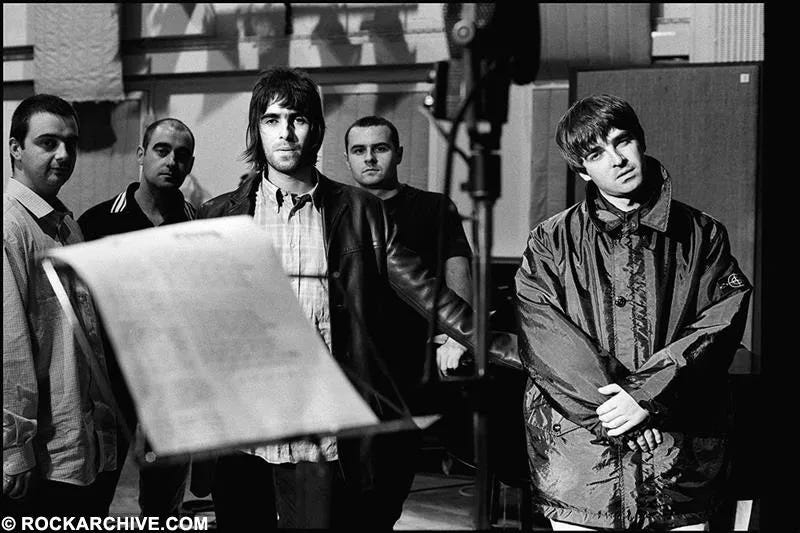
A free preview of Episode 5 is available to all listeners, but the entire episode (along with all previous CROSSED CHANNELS episodes) is only available to paid subscribers of Jagged Time Lapse or Tony Fletcher, Wordsmith. If you’re already a free subscriber to one of these Substacks (or, even better, both), upgrade your subscription now to ensure that you don’t miss out on all the fun. As always, we thank you for the encouragement and support! Cheers!
This episode was recorded on Zoom, rather than in person per usual, due to Tony being in the UK, and there are a couple of minor audio glitches for which we apologize. We figure you can fill in the gaps! If you have comments on this episode, or suggestions for future episode subjects, we are all ears!





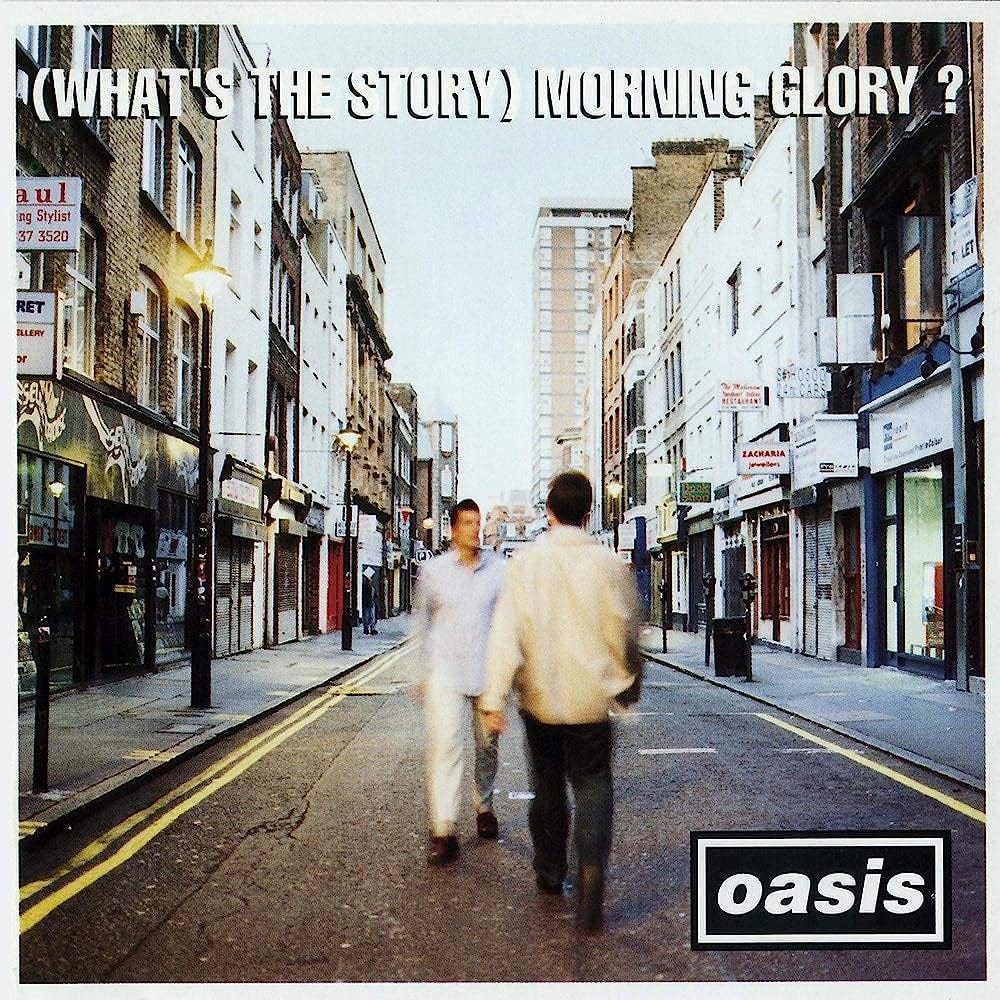
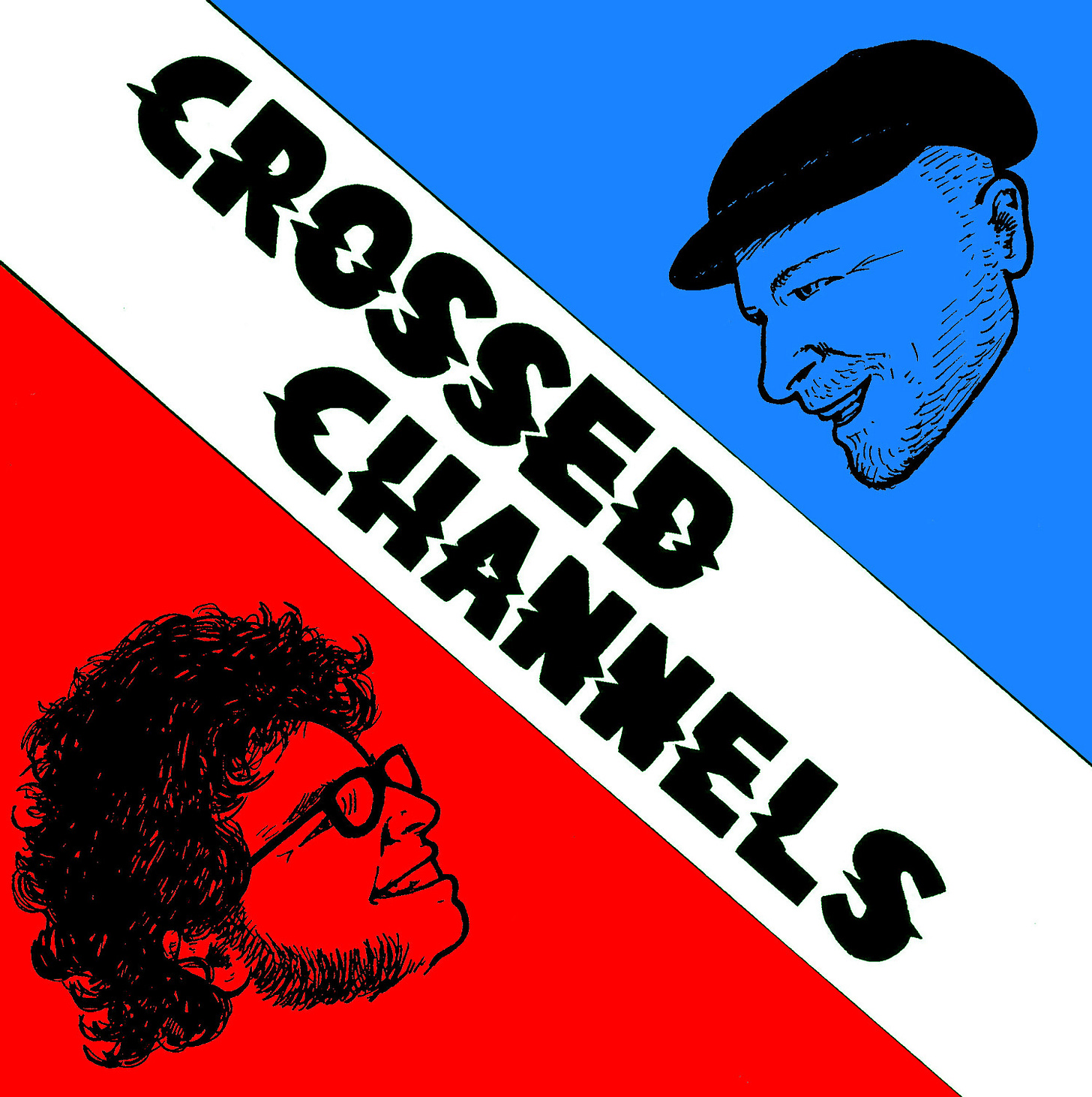



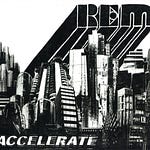


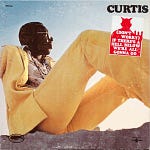

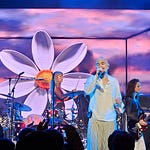

Share this post